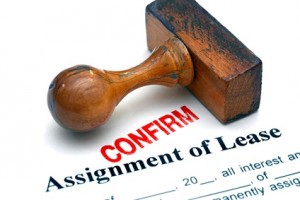 © alexskopje – Fotolia.com The central tenet of commercial property occupancy is the duration of the lease. The lease predetermines your cost commitment and an ongoing location for your business. It is therefore vitally important for any commercial property manager or commercial occupier to know both when the lease ends or when it can be broken via a ‘break clause’. |
Break clauses are common in commercial leases, giving flexibility to tenant and sometimes landlords alike. As the name suggests, a break clause ( break option) is an official date in the lease, agreed by both the landlord and tenant, where the lease can be ‘broken’.
There are many reasons why either signee of the contract may want to break off the lease early. For tenants, for example, they may have a booming business that requires larger premises before the end date on the lease. Conversely, a business may be failing, having difficulty paying its rent and would be looking to cut its losses as soon as possible.
For the commercial property owner, break clauses gives them the flexibility to remove tenants if a redevelopment opportunity comes along. Alternatively, they may want to sell the property but the new owner wants no ongoing, existing occupiers in the building when they assume control.
The time by or period within which a break clause can be invoked is stipulated in the lease contract itself. It is therefore vital that both tenants and landlords are fully aware of when their next break clause period is due so they can assess the viability of the ongoing tenancy in question.
Remarkably, many tenants and landlords often forget to note or observe the break clause period, which can lead to costly penalties or renegotiations for either party if they want to end the lease outside of that time. There are many examples of situations where tenants have missed the crucial notice period or have received an unexpected notice to quit from the landlord resulting in huge business impact. For a commercial tenant to miss a lease break can result in huge financial costs with on-going lease liability for a number of years.
Software such as Property Plus will ensure that you will both record and be alerted to as and when such break clauses are due on any properties that you either manage or are resident in. As you can imagine, such functionality is vital for property managers with responsibility for large property portfolios.
In addition to being alerted to any imminent break clauses in any of your commercial property lease contracts, Property Plus can simultaneously produce reports on the costs and issues associated with the property in question. This means occupiers and owners can make a fully informed decision as to whether they should or need to invoke the break clause while it remains an option.
To find out more about Property Plus functionality, please click here.

Leave A Comment